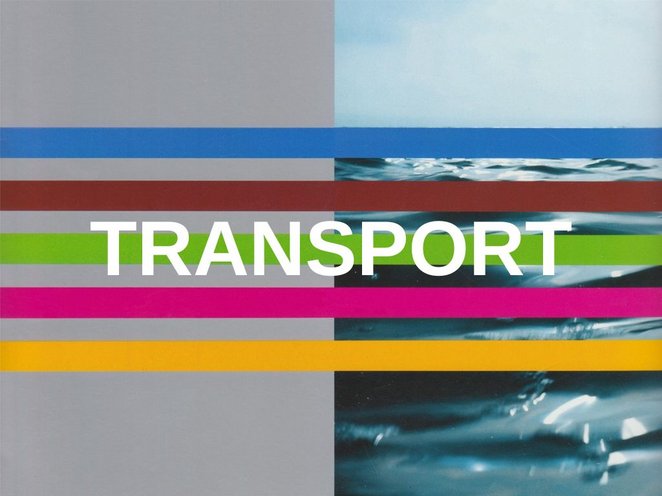Transport
On the move
In 1995, the first traffic analysis was carried out for the feasibility study. The declared aim has always been to provide efficient services for the various modes of transport (rail, bus, boat and private car), while promoting public transport as much as possible and protecting residential areas. From the beginning, the following ratio of means of transport (percentage of transport used by visitors) was aimed for: 45 per cent rail, 10 per cent coaches, 40 per cent private vehicles and 5 per cent HPM (Human Powered Mobility: bicycles, roller skates, getting around on foot, etc.).
In the course of further elaboration, the concept underwent certain changes, especially with regard to the size and shape of the infrastructures. For example, instead of the planned two parking spaces in Murten-Morat, Neuchâtel and Yverdon-les-Bains, it was decided to build only one. Only in Biel-Bienne were two parking spaces built under pressure from the city authorities. As a result of low utilisation, Expo.02 decided on 12.07.2002 to close one of the two.
Finally, the ratio of the chosen means of transport was 30 per cent for private transport and 70 per cent for public transport (rail and coaches) including HPM. Expo.02's policy in this regard was based on environmental protection considerations, which led the national exhibition not to particularly encourage private transport and consequently the use of parking spaces, but to draw attention to public transport services. The Arteplage cities had made their approval of the project conditional on the creation of additional parking spaces, for fear of parking shortages and illegal parking during the exhibition. These conflicting interests meant that an environmental success (more visitors than expected travelled to Expo.02 by public transport) was offset by a financial loss (the parking spaces were not used to the extent expected).

